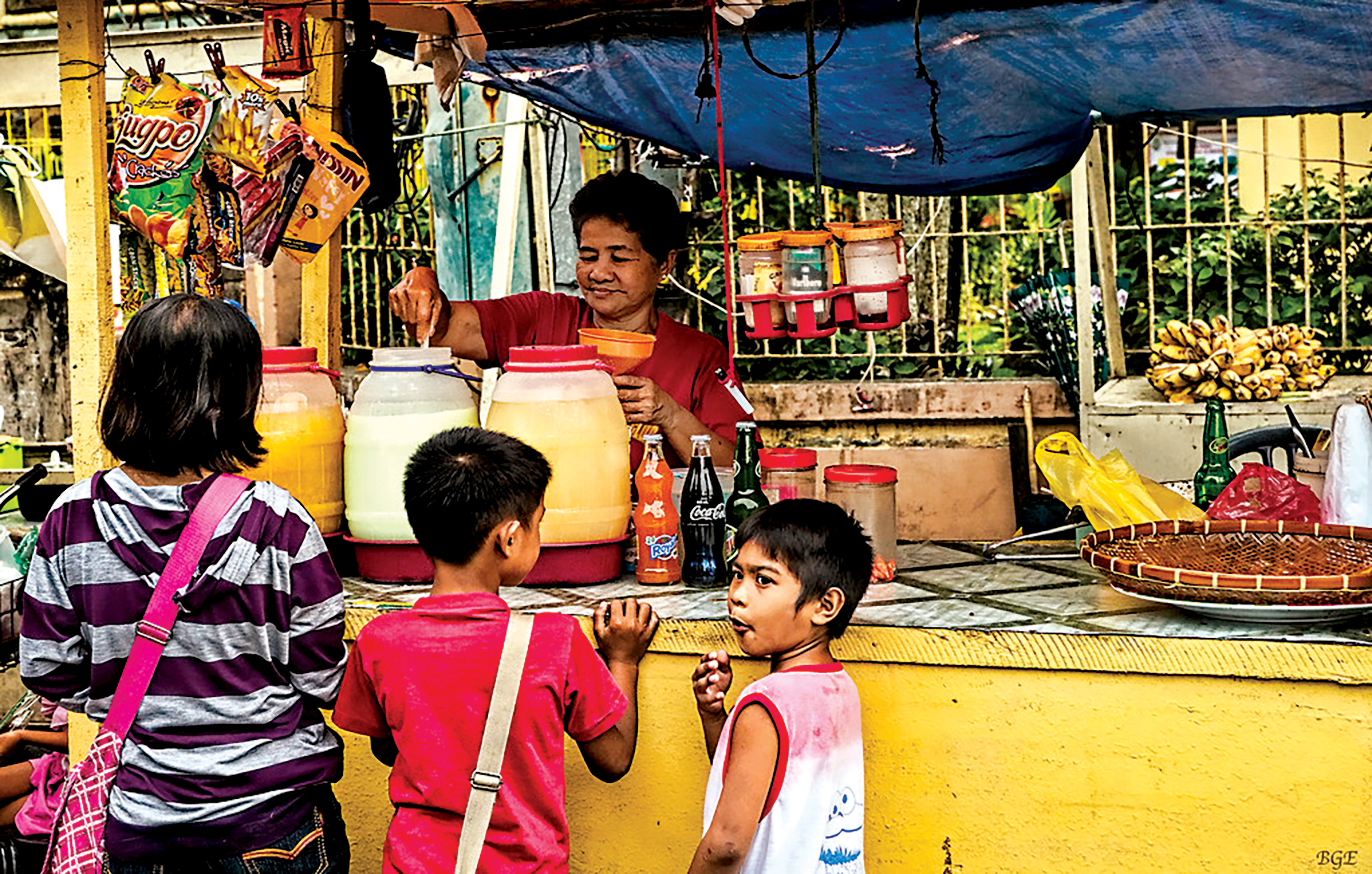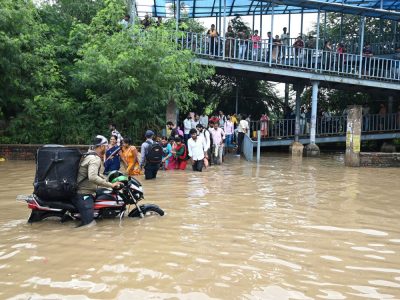Memories of childhood come flooding back when you see a couple of school kids pestering their parents for pocket money
Growing up, my sister and I had a large group of friends — all confident, boisterous girls, ready to start a fight with the group of boys, our nemesis, at the slightest provocation.
When you are 10-12 years old, nothing mattered more in the evenings than meeting these friends to play basketball, or chain chain, hopscotch and other games you don’t see children playing these days.
And after each game, our ritual was to visit the shops behind our apartment complex in KG Marg to buy ourselves a snack. Some days it would be a healthy yoghurt from Mother Dairy, and on other days — actually most days, Coca Cola and a freshly fried samosa. Those samosas that cost Rs 5 were perhaps the best we will
ever have.
Our mum would hand us Rs 5 each, or Rs 10, depending on how much we begged for or what the snack in mind was. We would run to her as we saw her parking her car, returning from work, stand by the door, waiting patiently for her to exit, give her a big hug and put our arms out for the crisp notes.
Recently I was reminded of this practice when I went to Kirari Suleman Nagar in North West Delhi to meet the parents of a missing boy. The parents, Nafisa and Mustafa, were losing hope of ever reuniting with their 11-year-old son after waiting for the police to find him over the past two months. And while they were distraught, the two had to keep working and living for their other four children, they said.
Two of the kids were heading for school as I was speaking to their mum and dad outside their home — and wanted pocket money. They tugged at the labour-stained kurta of their father while he intensely spoke about his missing child. It reminded me of my own childhood, of tugging at my mum’s saree (or skirt), asking her for some loose change.
The child said “Please give me Rs 5, please”, while the other sibling stood back silently watching. Finally, Mustafa, who I suspect had heard all the pleas before responding a good few minutes later, reached into his pocket and fished out what he had: a few coins, including a Rs 10 one. The son jumped, “give me that” he told his father, who looked uneasy to part with the little money he had on his palm. “But you wanted Rs 5”, he protested. “No” the son responded giving a fairly reasonable explanation as to why his demand had suddenly increased. “The other Rs 5 is for Bhaiya”.
Mustafa smiled and let him have it.
No matter which region, city, or village; what the parent’s occupation, a child will demand pocket money. The father in this context sells groundnut, and makes just a couple of hundred rupees a day, but manages to give his child what he can. His wife, Nafisa does not have paid employment.
It especially made me aware, while I know about the complete distorted economic standing of people of this city (and the country), that to this day Rs 5 has great value for someone. My pocket money about 20 years ago was the same for this little kid in the year 2019.
In Delhi, according to Economic Survey 2018-19, 9.91% people were living below the poverty line in 2011-12 — that’s as per the poverty line determined by the government. We still have 25.7% of the rural population below the poverty line, while in the urban areas this statistic is 13.7%.
Economic Survey 2018-19 figures for Delhi reveals that the per capita monthly expenditure on food was Rs 1,489.02 and Rs 2,352.52 on non-food items, giving a total expenditure of Rs 3,841.54. In the rural areas of Delhi, food expenditure per month was Rs 1,182.74, while Rs 1,378.41 went to non-food expenditure, giving a total expenditure of Rs 2,561.16.
If Mustafa earns Rs 6,000 per month, contingent on his working each day of the month, he would, according to the above calculation, have just about Rs 2,000 left after expenses. But with five children, at present four, such pocket money may prove costly.
One more way in which we should check our privilege. A quarter century ago, Rs 5-10 would have sufficed for a proper snack of samosa and soda but today’s kids of impoverished parents can only buy a few toffees to satisfy that after-school hunger.





